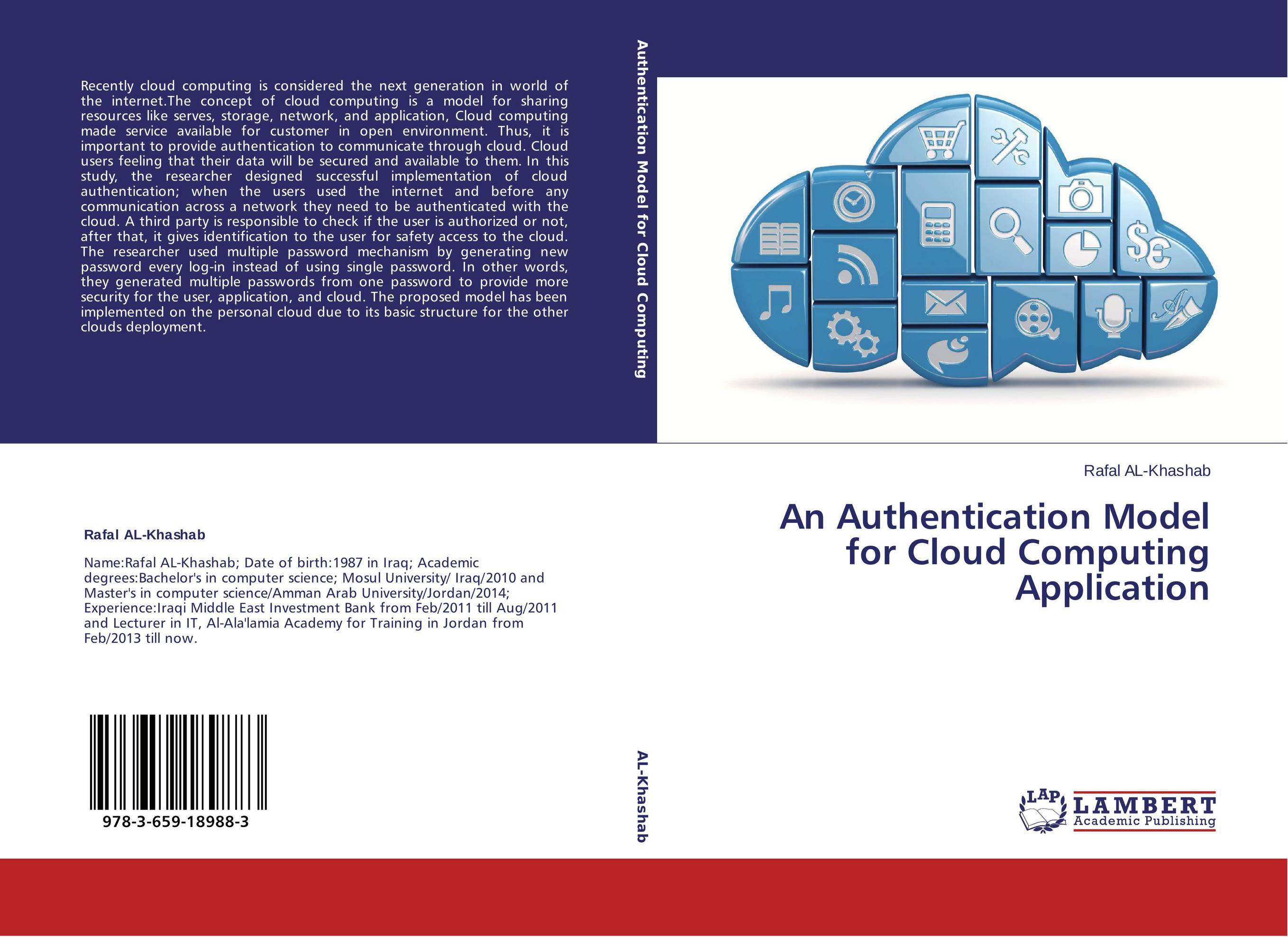| Поиск по каталогу |
|
(строгое соответствие)
|
- Профессиональная
- Научно-популярная
- Художественная
- Публицистика
- Детская
- Искусство
- Хобби, семья, дом
- Спорт
- Путеводители
- Блокноты, тетради, открытки
An Authentication Model for Cloud Computing Application.

В наличии
| Местонахождение: Алматы | Состояние экземпляра: новый |

Бумажная
версия
версия
Автор: Rafal AL-Khashab
ISBN: 9783659189883
Год издания: 2014
Формат книги: 60×90/16 (145×215 мм)
Количество страниц: 104
Издательство: LAP LAMBERT Academic Publishing
Цена: 34471 тг
Положить в корзину
Позиции в рубрикаторе
Отрасли знаний:Код товара: 132442
| Способы доставки в город Алматы * комплектация (срок до отгрузки) не более 2 рабочих дней |
| Самовывоз из города Алматы (пункты самовывоза партнёра CDEK) |
| Курьерская доставка CDEK из города Москва |
| Доставка Почтой России из города Москва |
Аннотация: Recently cloud computing is considered the next generation in world of the internet.The concept of cloud computing is a model for sharing resources like serves, storage, network, and application, Cloud computing made service available for customer in open environment. Thus, it is important to provide authentication to communicate through cloud. Cloud users feeling that their data will be secured and available to them. In this study, the researcher designed successful implementation of cloud authentication; when the users used the internet and before any communication across a network they need to be authenticated with the cloud. A third party is responsible to check if the user is authorized or not, after that, it gives identification to the user for safety access to the cloud. The researcher used multiple password mechanism by generating new password every log-in instead of using single password. In other words, they generated multiple passwords from one password to provide more security for the user, application, and cloud. The proposed model has been implemented on the personal cloud due to its basic structure for the other clouds deployment.
Ключевые слова: virtualization, Cloud Computing, Privacy, Authentication, virtualization, security cloud computing.



